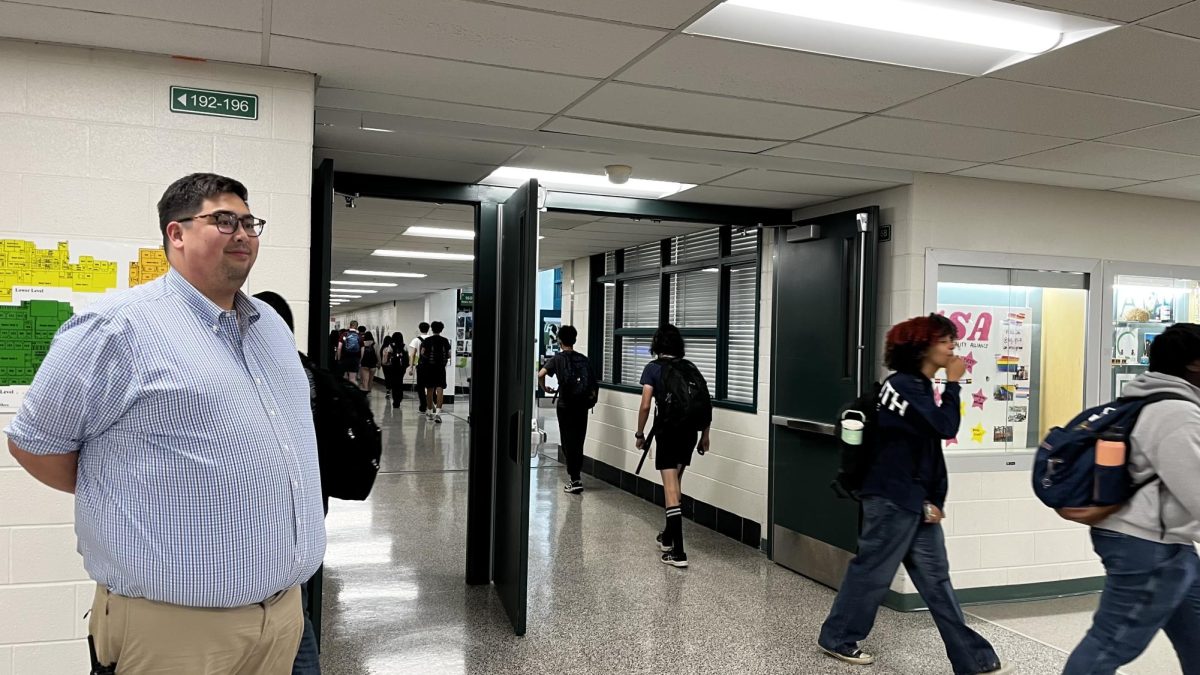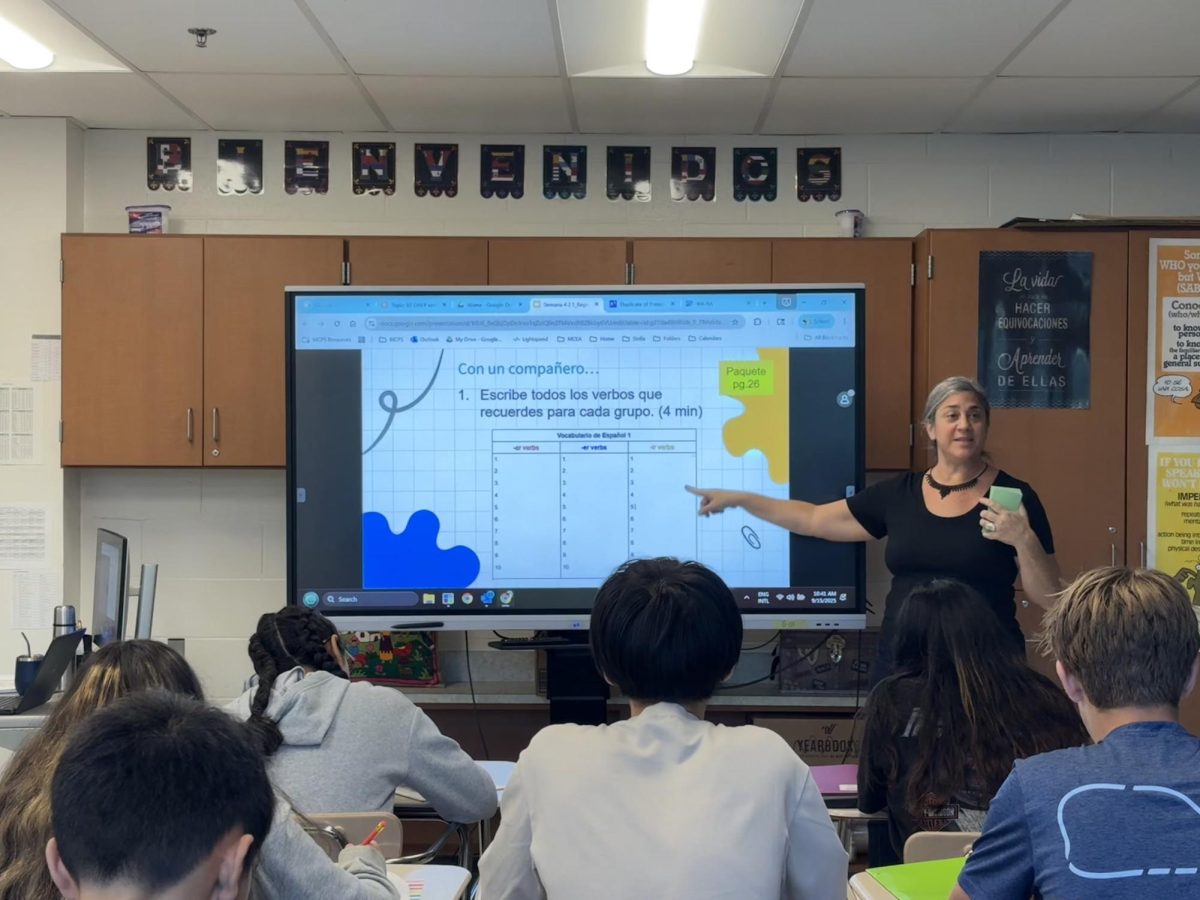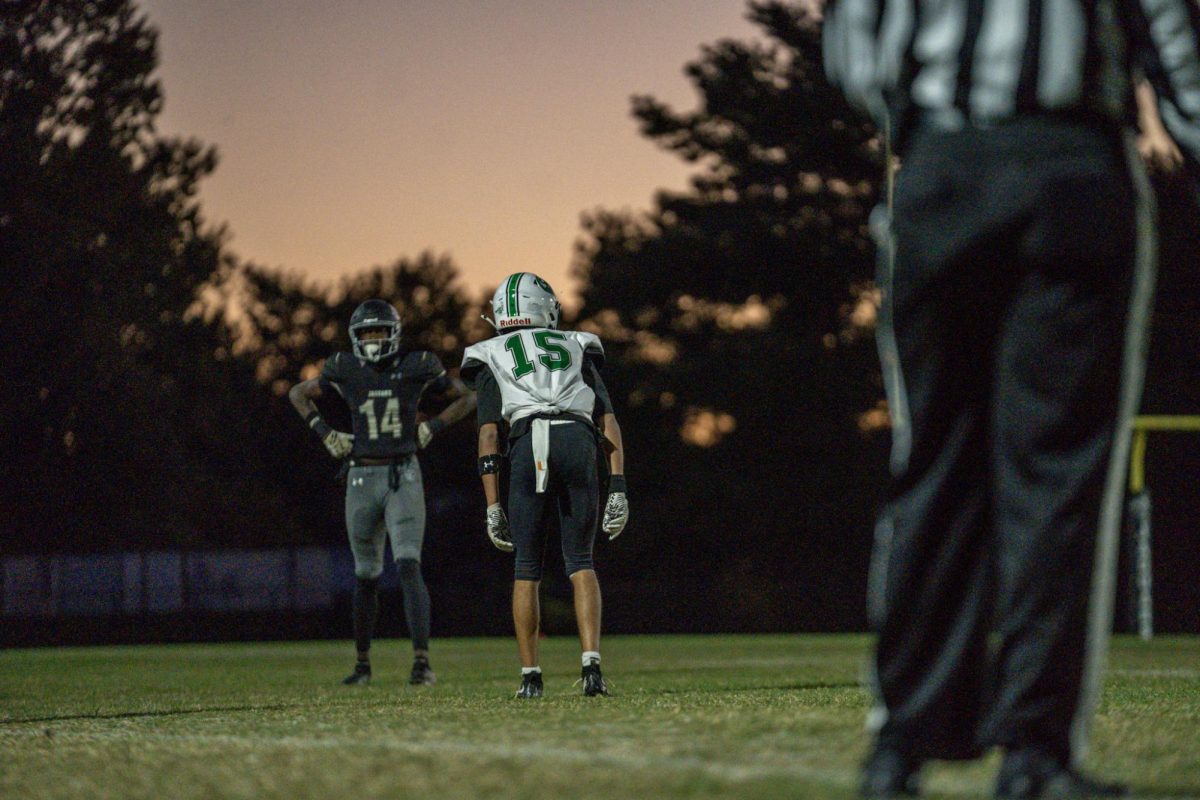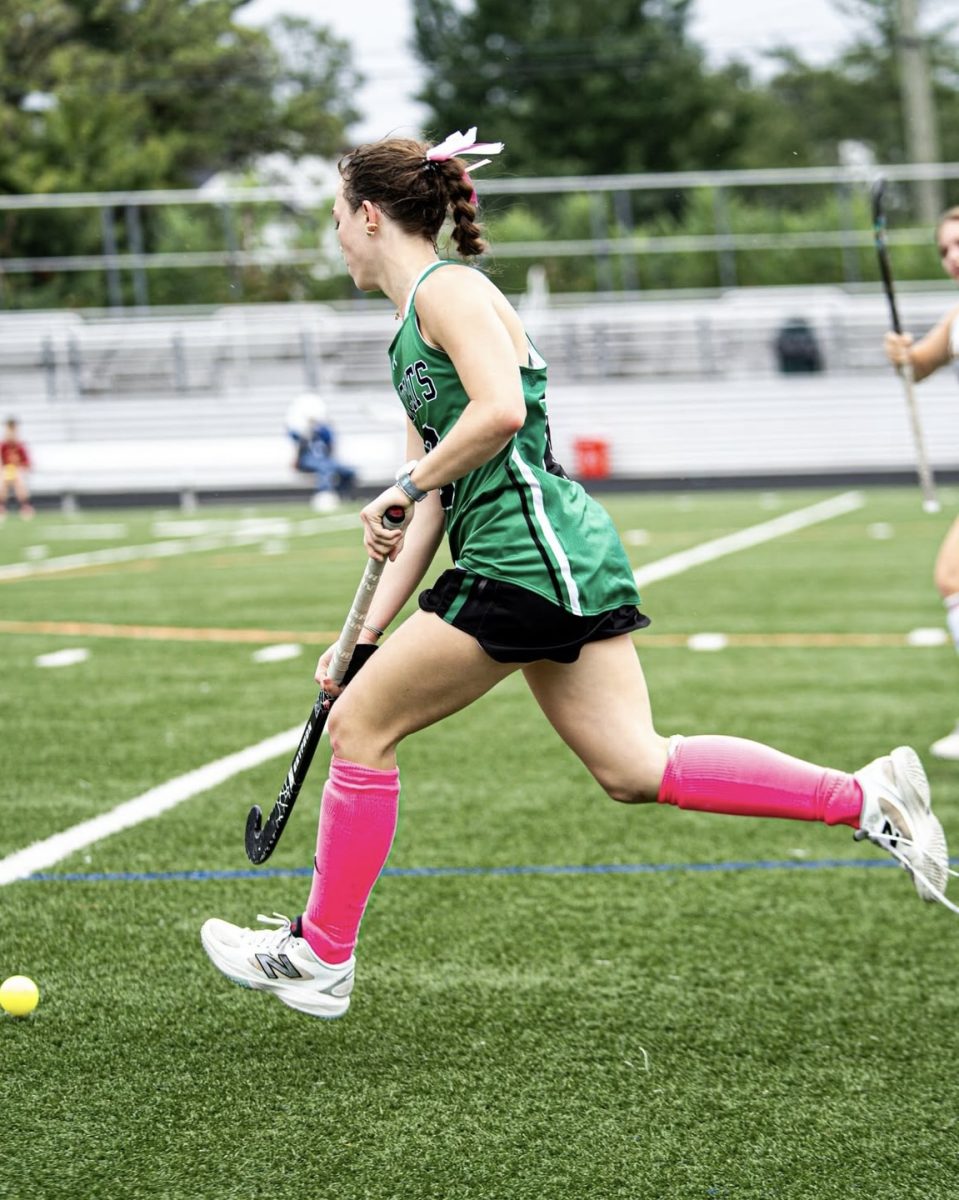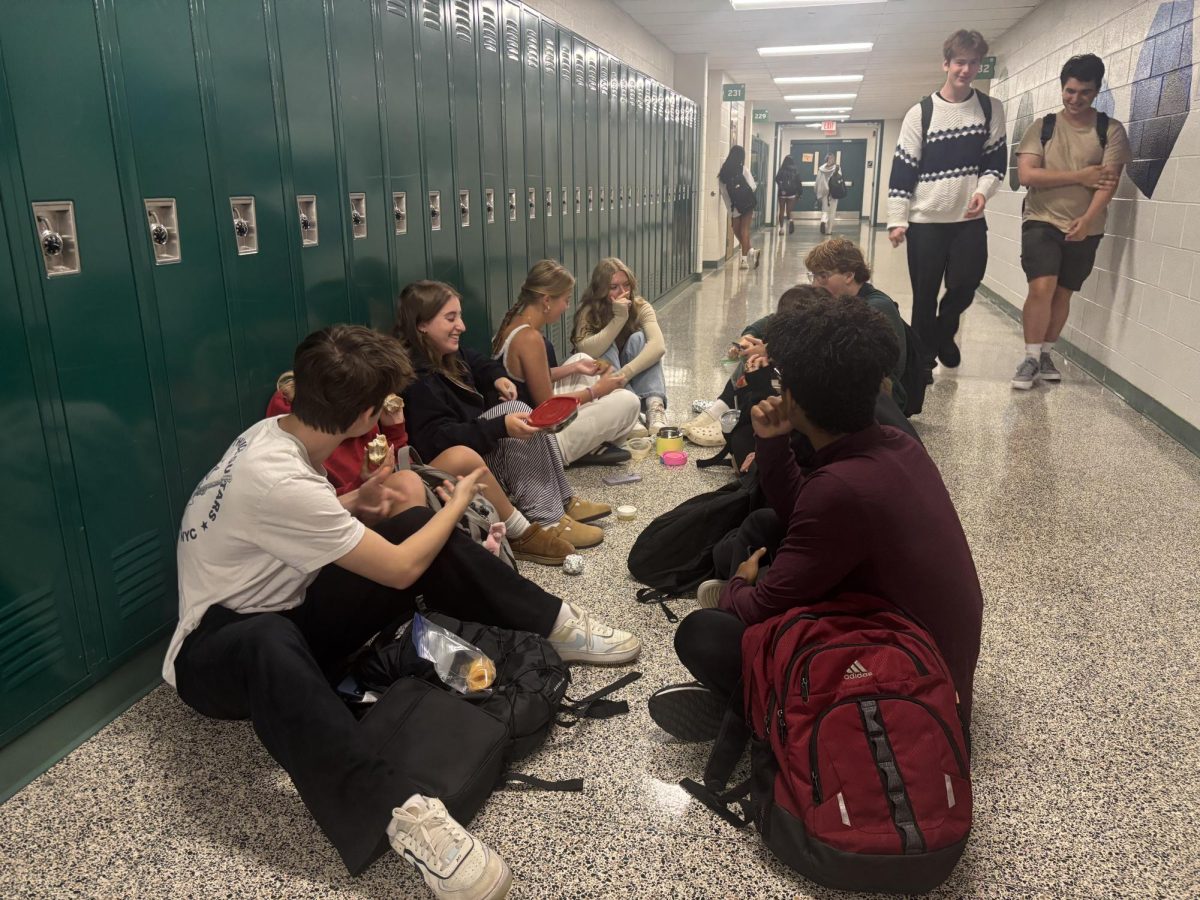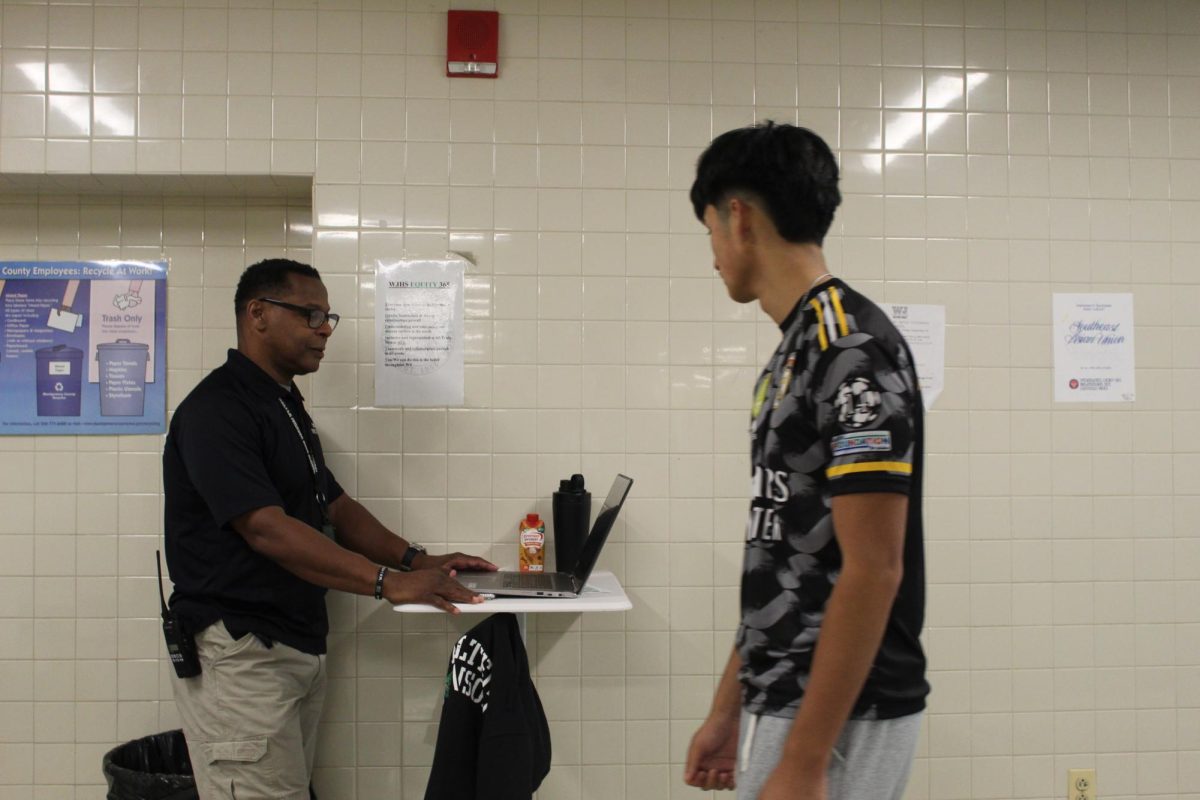
Each February, the Johns Hopkins University Model United Nations Conference (JHUMUNC) takes place in Baltimore. Model United Nations (Model UN) students attend from all around the country, and some even from international schools. According to teacher, SGA advisor and Model UN Club sponsor Rainer Kulenkampff, the conference is organized and run by students at Johns Hopkins University.
In February 2013, WJ’s brand-new Model UN Club attended the conference for the first time.
“Last year our club was completely new and small. We took whoever we could [scrape] together, which ended up being 11 people,” said senior and Model UN Club president Sarah Duncan. “When I was elected president of the club, I wanted to expand on that and make the club even more of a presence.”
There are no requirements in order to be a member of Model UN Club and everyone is welcome to join. As a preliminary requirement for attending JHUMUNC this year, members of the club could only miss a certain number of meetings and had to participate in fundraisers benefitting the club.
“There were preliminary requirements to go to this conference because I wanted to develop a group of people who actually cared about Model UN,” said Duncan.
WJ attended the conference the weekend of Feb. 8 and 9, with the goal of competing for and hopefully winning an award amongst stiff competition. Senior Michael Kramer, one of the attendees, received an honorable mention, and WJ successfully sponsored four resolutions and passed a couple of amendments.
“[The award is given when] the chairperson kind of decides who really contributed the most to preparing the resolutions… [spoke up] in discussions…[and] general overall [participation],” said Kulenkampff.
Those who attended the conference were obligated from the beginning to do extensive research and invest a great amount of their time in their preparations. Once club members were selected and signed up to attend the conference, they were required to do research on their country and the certain issues that were set forth to be discussed in their committees. The attendees had to then use this research to write one position paper on the issue. The position papers must demonstrate an understanding of the issue to be discussed, in addition to the member’s country’s or person’s opinion on the issue and how they see fit to resolve it peacefully.
“We [were] definitely far more prepared this year than we were last year,” said Kulenkampff.
While at the conference, students divide into committees, such as the Legal Committee or a Syrian crisis committee, which they choose beforehand. Some committees have a historical association, such as the Paris Peace Conference. Other committees are duplicates of real UN committees, and discuss various issues such as fresh water options and African piracy. The conference allows delegates to get a feel for international relations and politics, which is useful for those who are interested in exploring the field professionally.
“At the conference, we literally spend nearly 12 hours in committee. It’s two or three sessions of committee ranging from three to four hours a session. Crisis committees also have one surprise midnight session,” said Duncan.
At the conferences and meetings, attendees learn about debates and conflict resolution and practice debating about international issues and current events with the parliamentary procedure, just as the real United Nations does. The end goal of each committee is to produce a resolution, drawn up by various countries represented in the committee by Model UN students, compromising on the issues debated in committee.
“It’s a buzz [to be at the conference]… Totally a buzz of debate and the delegates are so engaged in what they are talking about. To novices it can be really intimidating, but as soon as you jump in it’s absolutely amazing,” said Duncan.






